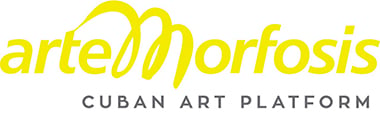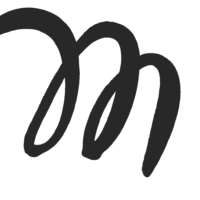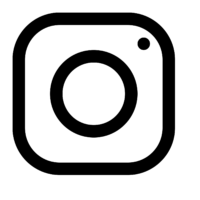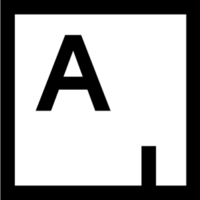Art In Pandemic Times
Commentary to PRISMA – New Years Resolutions by Virigina Alberdi
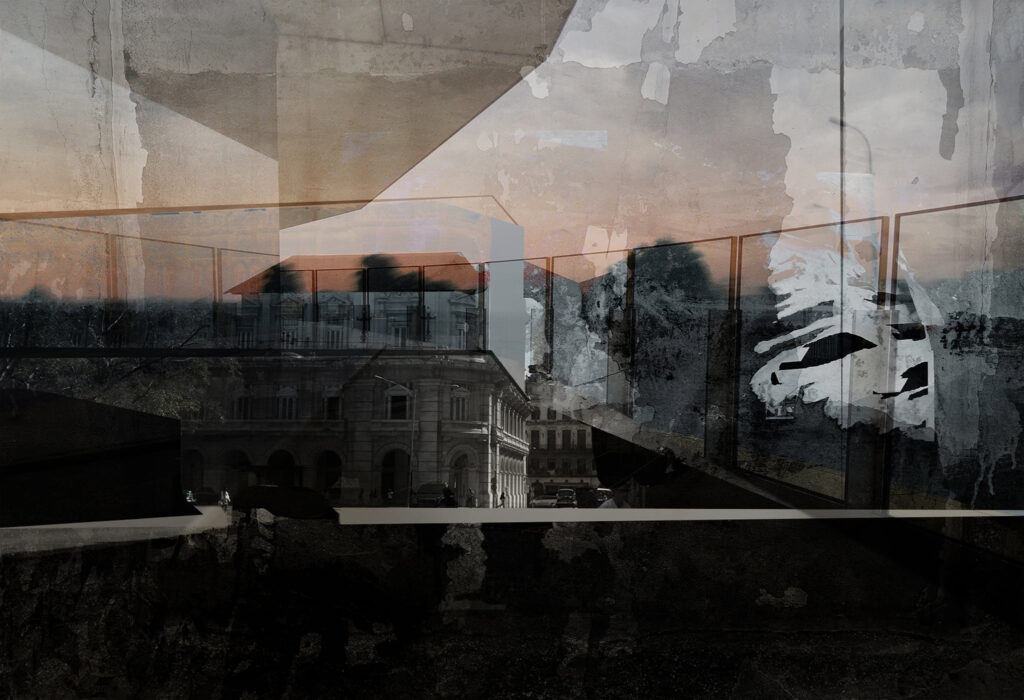
From the Series Inhabited Absence, 2020, Mixed on paper and canvas, 123 x 200 cm
The pandemic
No one imagined the devastating effects of the Covid 19 pandemic. No country in the world has been spared. In addition to the millions of infections and the consequent lethality the economy is in crisis and the social fabric is being ruptured. Culture has not been exempted; museums and galleries are closed, and art fairs have been suspended. Disintegration of the art market.
The creative process has been significantly affected. A few artists, restless spirits, have tried to overcome the circumstances. Not even in the worst case could one have imagined the desolation or isolation. Nonetheless, some recalled the words of the Uruguayan poet Mario Benedetti: “One cannot avoid the temperamental oscillation between pessimism and optimism, but each time one returns to the latter, one feels more at home”.
It is important to note how collective interest and the recognition of altruism prevails in difficult times. The controversial and elusive English artist Banksy, shielded in his anonymity, signed a graffiti on the wall of the University Hospital of Southampton, in the south of England, in which a child is seen choosing a nurse as the superhero with whom he wants to play Instead of Batman or Spider-Man, comic strip and movie icons from the Marvel factory.
Another example is the ‘The Covid Art Museum’, an international project visible on Instagram to which photographs, videos, animations, digital art, paintings and drawings by artists from Italy, the United States, Portugal, Brazil, France, the United Kingdom, Spain and Belgium contribute. Signs of resistance and trust in humanity.
Creative routines have changed. Faced with the confinement and uncertainty surrounding the fate of artistic production, there have been diverse responses, from paralysis and exhaustion, to aesthetic reinvention. The most determined and best endowed chose to resize their work. When the going gets tough, the tough get going to leave behind dystopian despair and relaunch utopian visions.
But the creative cycle – we well know – is not complete without the presentation and perception of art. Digital channels have evolved from mere promotional tools to online platforms without which art, artists and art enthusiast could no longer intermingle.
It has become obvious that the virtual platforms are here to stay. It remains to be seen how this new reality affects the nature of the artistic events and the creative processes, that is, changes in composition, representation, techniques and language.
In the face of such a delicate setting and in constant search of new opportunities to promote Cuban art, ArteMorfosis conceived the first Edition of PRISMA – The Colors of Crisis – a space for Cuban artists of different generations and trends to increase their perception and reach in the digital realm.
In its first edition, this attempt to acquaint Cuban artists in establishing an own online presence and increasing their reach on Facebook was fairly successful. At the end of that same year the second edition of PRISMA – New Year Resolutions – was called out, an open call for artists inviting them to reflect on their work and plans for the upcoming year. The aim was that more artists familiarize themselves with the opportunities of self-representation and explaining their work through online videos. This approach allows a better to communicate a better understanding of the link between artistic contemplation and implementation and allows for insights into the artist’s creative proposition. We must never forget that the art that is made in the 21st century is by and for current and future generations.
An open call, like this one, leads us to present a wide and diverse sample of works in virtual and real-world exhibitions, which evidence of how a group of artists have spent their time in confinement creating them. It is true that the process of creation in the plastic arts is usually solitary, but the pandemic causes isolation with psychosocial implications: here the space is reduced in the face of an external threat, not with the aim of facilitating the process of creation. The videos not only are part of the exhibit selection, but help explain circumstances, states of mind, changes of perspectives and spiritual orientation in the new reality of the artistic community of the Antillean island.
The response to the PRISMA – New Year Resolutions – did not live up to expectations. One of the reasons could be the technical and logistical restrictions of Internet access from Cuba and the inexperience of most of the artists in handling digital resources. It should be remembered that this is a tool for both communication and artistic expression, with its own instruments. You can be a magnificent painter, or an excellent draftsman, but without mastering the potential of digital resources, an effective inclusion in digital channels is not possible.
The expression through word and gesture (the videos) and the images (the works) presupposes a challenge not al artists were willing to take on. Those who participated took on this challenge, we hope that those who didn’t will do so in the future. We hope to add ever more participants of all technical and artistic stature to increase their digital visibility and reach, so necessary in today’s times. This is our way to portrait an authentic image of the aesthetics and richness of contemporary Cuban art and our way to increase visibility, reach and impact of the Cuban art scene towards a world-wide audience.
Only on this route will it be possible to have as faithful an idea as possible of the aesthetic richness of contemporary Cuban art. Only in this way can contemporary Cuban art update its impact before planetary audiences for whom the digital dimension is natural.
In any case, this selection shows that the interest in keeping artistic expression alive has been maintained. Not everything is subsistence, creation allows us to survive the fear of contagion, the grace to remain cloistered. Artists must and, in fact, are learning to develop a work that will occupy a different space than usual.
The face-to-face universe gives way to the virtual universe. This does not deny the existence of galleries as physical realities but placing exhibitions on the networks allows a greater space for confrontation, and this is recognized and accepted.
The videos and the works
The videos presented are the statement of the objectives, of the vision of the future drives the artistic process. Therefore, the selection is the result of the proposed-execution relationship. The selected works are a way of affirming the vitality of art beyond adverse circumstances, because creativity will never be confined and expresses the triumph of the imagination, always conditioned by the talent of the creators.
The work Calendar, by Duvier del Dago Fernández, one of the best-known and most recognized artists in contemporary Cuban art, covers a year through 12 works executed in watercolor, they belong to the series History belongs to whom tells it, in the that the artist has been working for over the years. Duvier maintains an enviable balance between the execution of the pieces and the need to communicate his vision of a reality that is far from being pleasant or accommodating. The intensity of the color confers a visuality close to commercial almanacs, but each of these pieces raises pressing situations in the Cuban socio-economic context. These 12 pieces with an integrating vision of space-time would be unobjectionable in any selection.
The artist’s video is, if not the best, one of the most successful due to the fluidity of his expression, the way he informs about the current status on characteristics, orientations and aspirations of his works. Having set himself the task of working daily during the confinement is a clear expression of his future goals and immediate action.
Frank González’s work evidences his formation as a conservator, his desire to preserve the integrity of the architecture of a city that is languishing. Albarelo, a four-piece polyptych, belongs to the Bálsamo series, in which, as he expresses in his own words, the artist is concerned about the deterioration of public spaces, housing and the city as a stronghold of life. González intends to search for new conceptual and visual results in processes similar or linked to those that he reflects today in the works corresponding to the series that he continues to carry out. The piece presented, with signs of physical deterioration, is protected by a thick layer of resin. The technique that protects the image from deterioration confers a nostalgic character to the work.
Through the words expressed, the existing link with related people or members of the environment in which the artist develops and lives is based, and with this polyptych of an installation nature, La Esperanza, by Alejandro Lescay and composed of six portraits in the scratchboard technique. The uncertainty is reflected in each character and helps to shape them. As the young artist has proposed, the work is a cabal to the reflection of the moment in which one lives, the individual conditioned by the tensions. The lighting achieved in the portraits highlights essential features in each of the characters.
Mirror selfies is a set of self-portraits by Chuli Herrera in a sequence with elements of intimate humor in front of the mirror. To give titles to the works, the artist appropriates terms from the digital world to insert them into the constant actions that the digital age demands, using a mixed technique in which he has developed his most recent collections. As she expresses in the video presented, she starts from love as a premise for the realization of the works.
Solitude as a theme in the piece The Leader Goes Ahead, from the series Color del trópico, by the artist Adrián Socorro, is part of the restlessness existing in times of isolation; As he argues in the presentation, this has been conducive to working on projects not executed and maintaining an incessant action in the production of works that in normal times he would not have been able to carry out, and the intention to improve technically after a year that has been hard for everybody. The intensity of a light that corrodes the images and hurts the retina is given by the use of the color white and the silhouette barely hinted at reflects that Color of the tropics to which the name of this series alludes.
Marcos Esteban Hernández, in his work Untitled, has worked with charcoal on paper the pieces of the Counterweight series, in which he pays homage to ideas, starting from thoughts as guiding elements of the individual. In this case the anatomical concept of the head is used as a symbol of accumulated memory. In his conversation, he shares motivations and aspirations of the creative process, while expressing how he intends to work on an audiovisual record expressed in the works in which he has been working on his thesis project, at the National Academy of Fine Arts San Alejandro.
With the title of The Sacred Horizon of Appearances, the artist Frank David Valdés makes verbal reference to creation and how different knowledge interacts in it, such as design, illustration, poetry, all from a self-referential perspective. The work Some Muses Visited the Earth, made in acrylic on canvas, through vivid colors and an original way of perceiving these beings, delves into the world of its author’s fables. In these anomalous times, the imagination is enriched, overflows. With this work, the artist presents an optimistic, hallucinatory message. It shows the versatility and mastery of spatial design. A dreamlike atmosphere prevails and dazzles.
Leo de la O does not get complicated when in his discharge he assumes that, on this occasion, the wishes and dreams before the approach of a new year, are mediated by having lived a 2020 in unusual circumstances. Of marked contemporaneity for his experimental eagerness Circular Ruins, from the series Inhabited Absence, guarantees his presence in the sample. With the use of mixed technique he manages to superimpose realities to achieve different scenarios, in line with the new conception of life at the present time. The manipulated images make up an adulterated and unique landscape, the result of the interaction between photography, painting and elements that he adds in order to make evident the process of change or deterioration in a city space.
The intense use of color and the use of elements of a playful nature make the work Pa ‘la caliente, by Marco Arturo Herrera, correspond to the characteristics that, for years, since his stay at the San Alejandro Academy and passing through the workshop Los fieras, by professor Rocío García, identify their expressionist nature with the intense use of color, refined humorous elements and the portrayal of characters, almost always tattooed, with characteristics of comic book heroes. The character is getting ready to face the year 2021 … even if he burns himself. In his words the artist gives the impression of being torrentially incoherent, but the ingenious and sparkling vocation of his way of thinking is undeniable, which translates into the creative act.
The world changes, life changes, art changes … new solutions are imposed in the face of the crisis. That is the prism that is offered before our pupils: a polyhedron that advances with captivating pretension, although, after all, we are not entirely confident that these are the images of the immediate future. The only certainty for the moment is that art alien to digital technologies will not be conceived and that forces us to also rethink the tools of appreciation and criticism.
Virginia Alberdi
Havana, 2021
